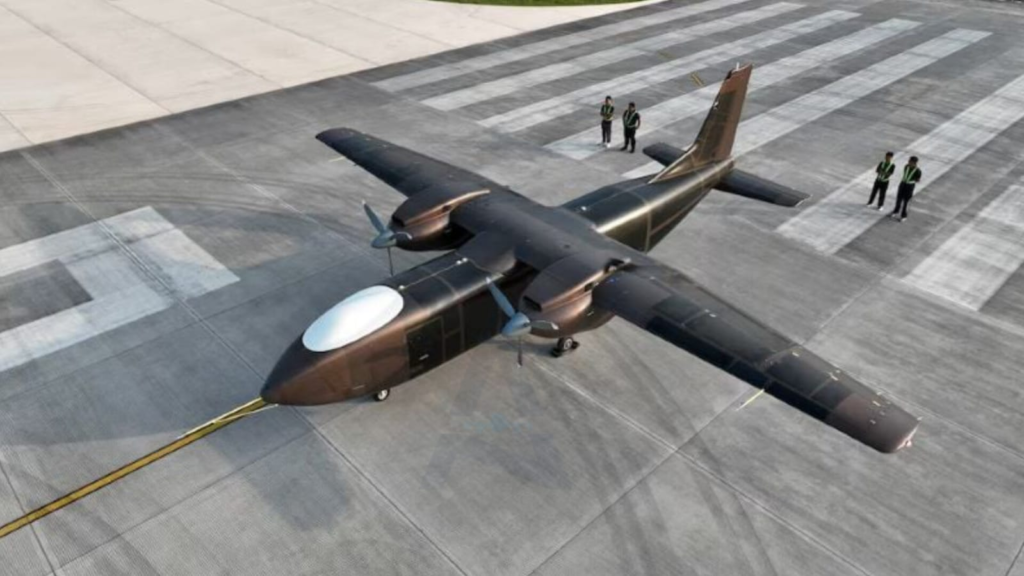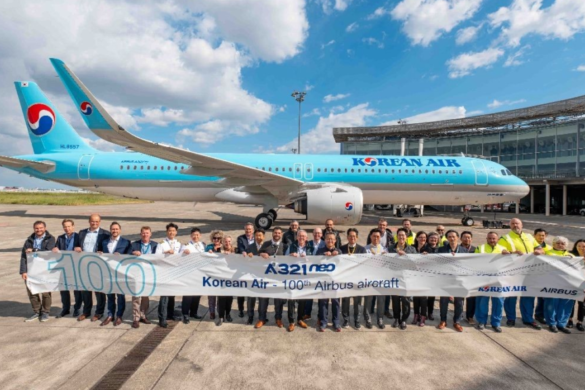Over the weekend, engineers in China achieved significant milestones in the country’s burgeoning low-altitude economy. The highlight of the weekend was the successful test run of China’s largest cargo drone to date, showcasing the nation’s growing capabilities in unmanned aerial vehicles (UAVs). Simultaneously, a helicopter taxi service took to the skies on a newly established 100-kilometer (62-mile) route to Shanghai, marking another step forward in urban air mobility.
The cargo drone, which has been in development for several years, represents a major leap in China’s drone technology. With its ability to carry substantial payloads over long distances, the drone is poised to enhance logistics and supply chain efficiency, especially in remote areas. During its test flight, the drone demonstrated its capacity for stable flight and precision in navigation, garnering praise from engineers and industry experts. The successful test run underscores China’s commitment to advancing its aerospace capabilities and promoting the use of drones in commercial applications. As e-commerce continues to thrive, the demand for efficient and reliable delivery systems has never been greater. This cargo drone could potentially revolutionize how goods are transported, providing quicker delivery options and reducing the reliance on traditional ground transportation.
In tandem with the cargo drone test, the launch of the helicopter taxi service is a game-changer for urban transportation. The 100-km route to Shanghai is set to enhance connectivity between urban centers, allowing passengers to bypass road traffic and reach their destinations more quickly. This service is expected to appeal to business travelers and tourists alike, offering a convenient and efficient alternative to traditional taxi services. The introduction of helicopter taxis reflects a broader trend in urban air mobility, with cities around the world exploring ways to integrate aerial transportation into their existing infrastructure. By leveraging vertical takeoff and landing (VTOL) technologies, these services aim to alleviate congestion and reduce travel times in densely populated areas.
The simultaneous testing of the cargo drone and the launch of the helicopter taxi service highlight the rapid evolution of China’s low-altitude economy. As regulatory frameworks develop to support these innovations, opportunities for investment and growth in the sector are likely to expand. Companies in logistics, transportation, and aerospace are poised to benefit from this shift, as demand for advanced aerial solutions continues to rise. Moreover, the successful implementation of these technologies may pave the way for further advancements, including the integration of air traffic management systems tailored to low-altitude operations. This could lead to safer and more efficient airspace usage, ultimately fostering a sustainable ecosystem for aerial transportation.
China’s recent milestones in cargo drone testing and helicopter taxi services exemplify the country’s ambition to become a leader in the low-altitude economy. As technological advancements continue to unfold, these innovations are set to transform the landscape of logistics and urban mobility. With ongoing investments and regulatory support, the future of aerial transportation in China looks promising, potentially serving as a model for other countries seeking to develop their own low-altitude economies.



